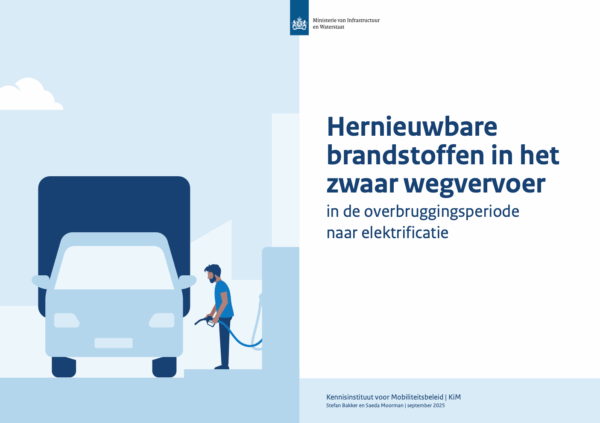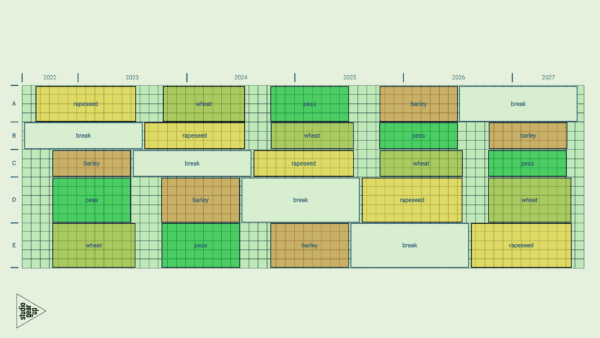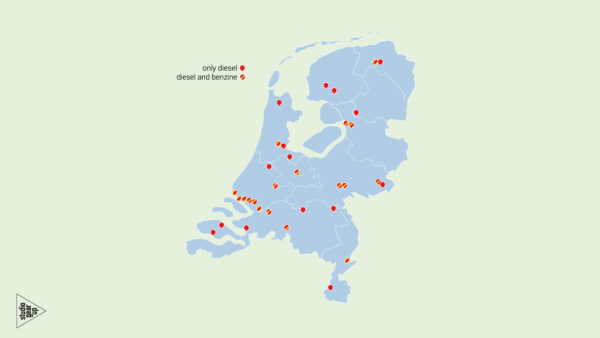
During the ETS 2 workshop on the 29th of September in Amsterdam we introduced the upcoming legislative trading system known as ETS 2, and uncovered its scope, workings, and implications.
Together with the participants we delved into the relevant concepts that are tied to this system and answered their most pressing questions.
Most pressing questions:
- We covered which sectors will be a part of ETS 2
- We described how the ETS 2 compares to- and will function alongside of ETS 1
- We illustrated why timely preparation is of the essence
- We explained how emission allowances will be made available and how their availability will decrease over time
- We explained in what ways the allowance market will be subject to ‘stability measures’, affecting the amount of allowances in circulation
- We discussed abatement options for reducing emissions
- We went through some potential scenarios of emission reduction per sector, and discussed their implications
- Furthermore, by use of an interactive game, we illustrated the process of purchasing allowances, trading allowances, and guided our participants through some strategic reasoning and decision making that will become crucial under ETS 2
Importantly, our analyses revealed that due to the wider scope of ETS 2 (with inclusion of the road sector, building sector, and smaller industry sectors not included in ETS 1) substantial growth in the volume of renewable fuels will be required to meet the emission reduction demands set by the legislation.

announcement of the 29 September 2023 ETS2 workshop
Here you will find the blogpost about the invitation for the 29 September 2023 ETS 2 workshop, that took place in Amsterdam.



